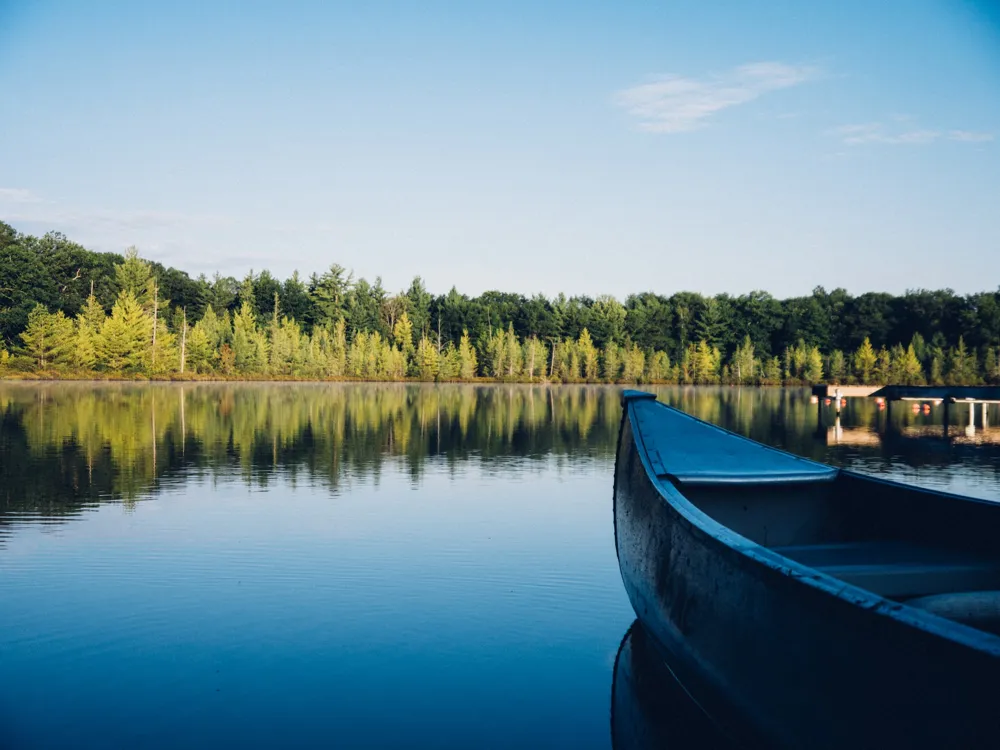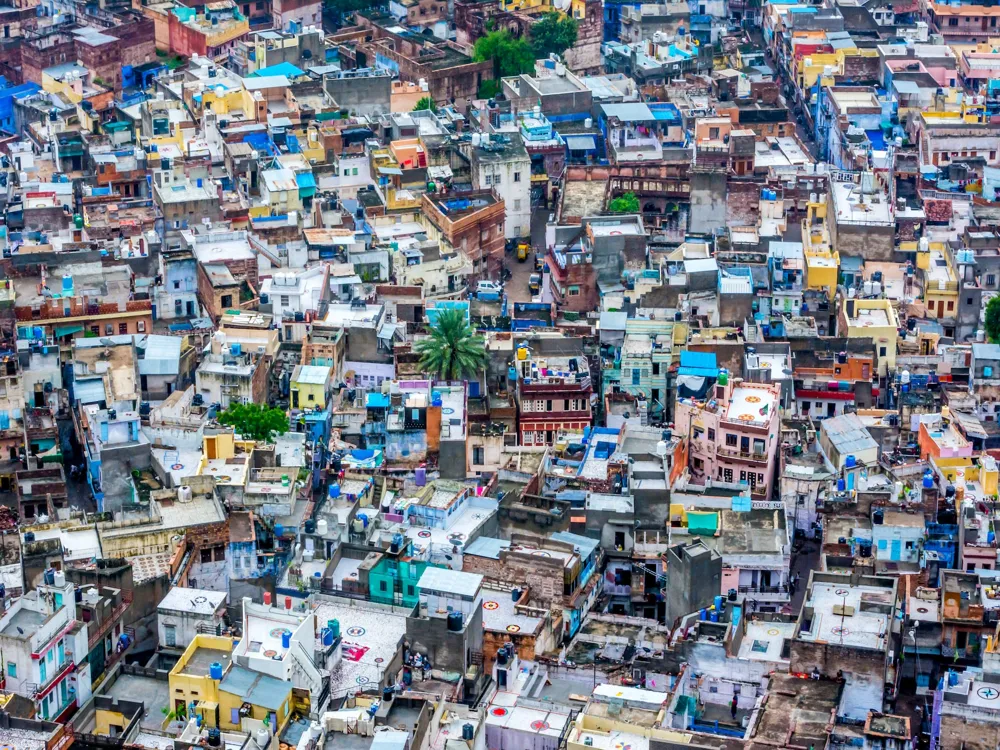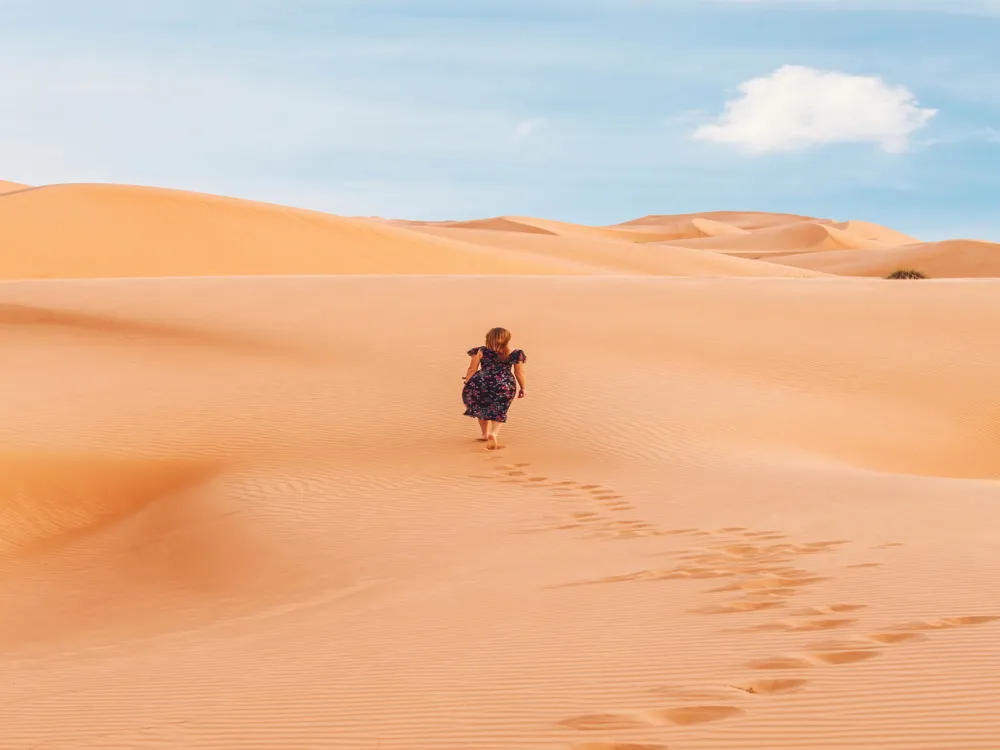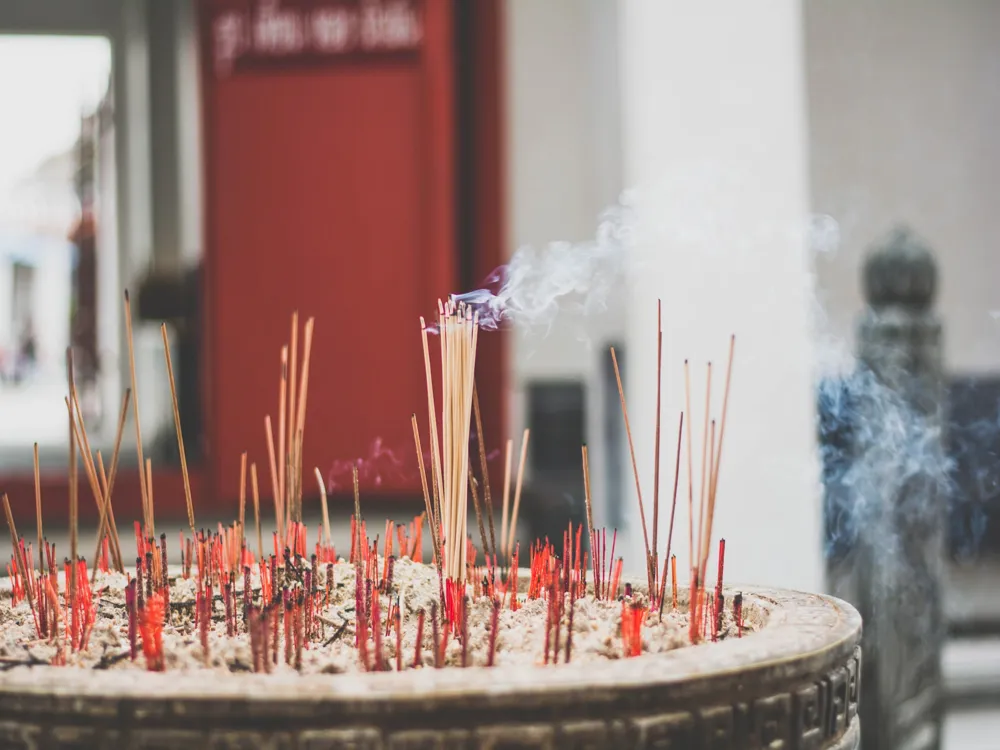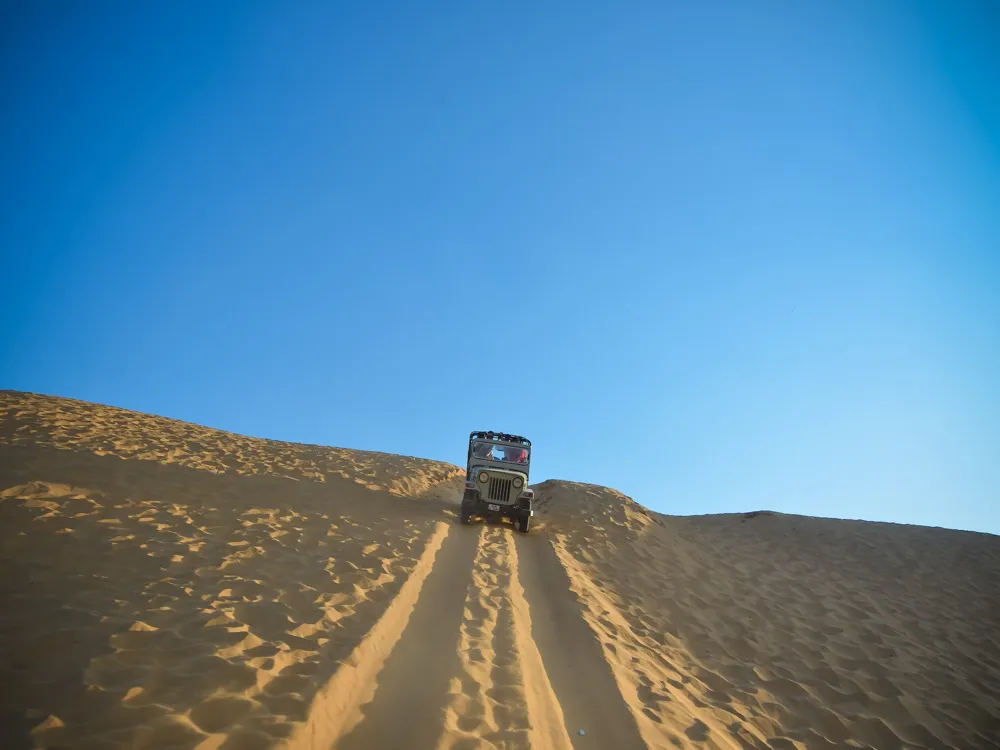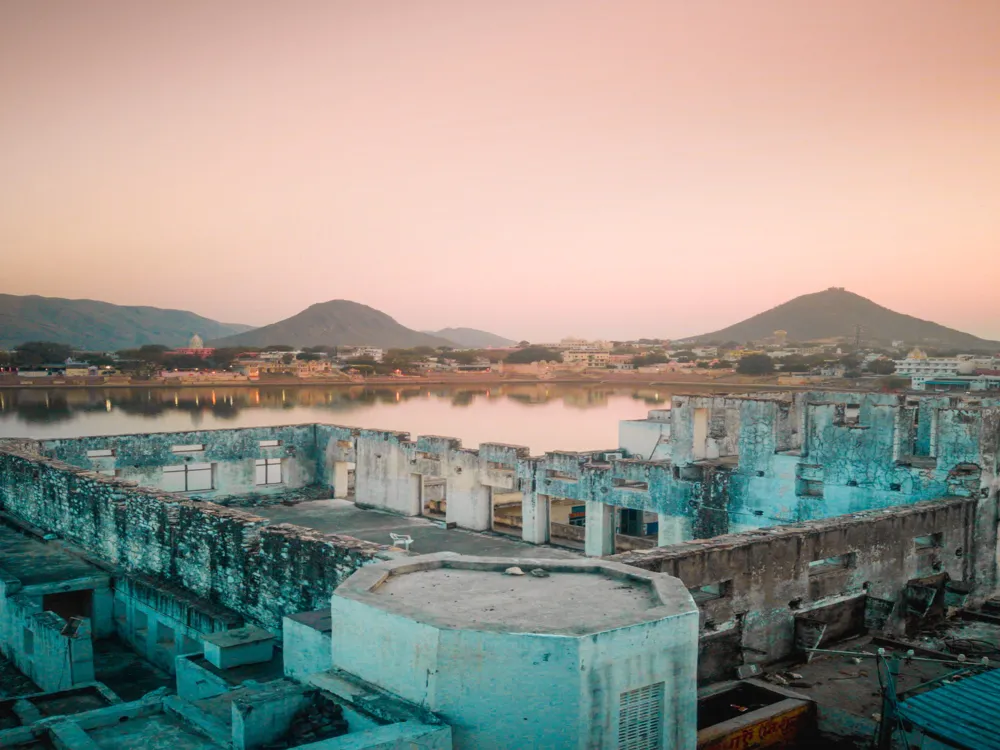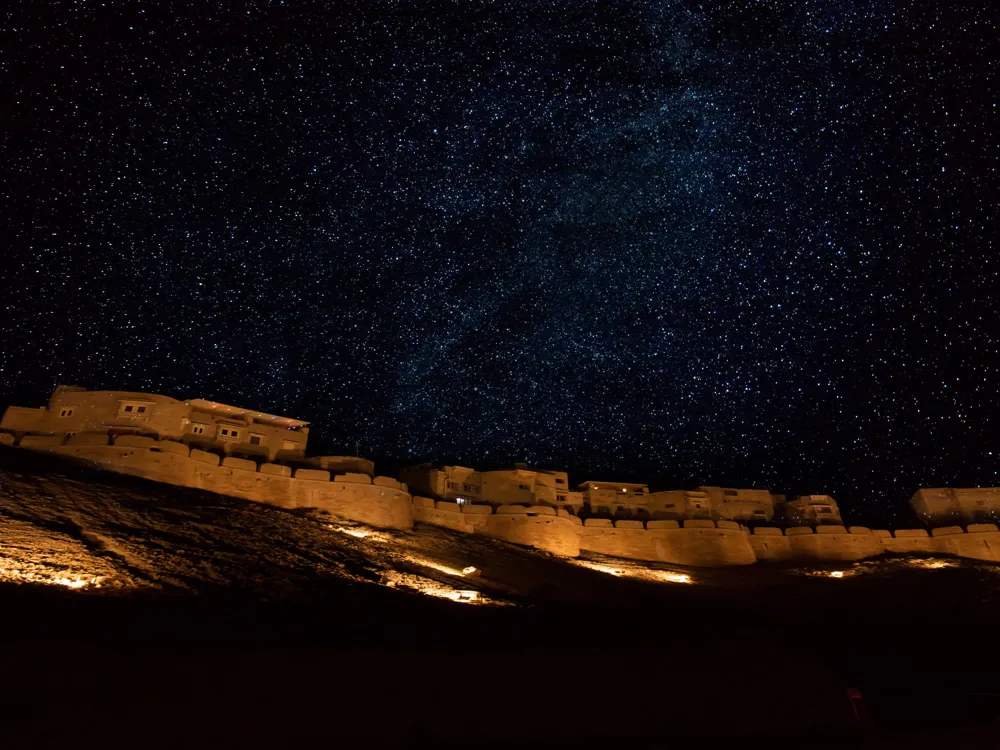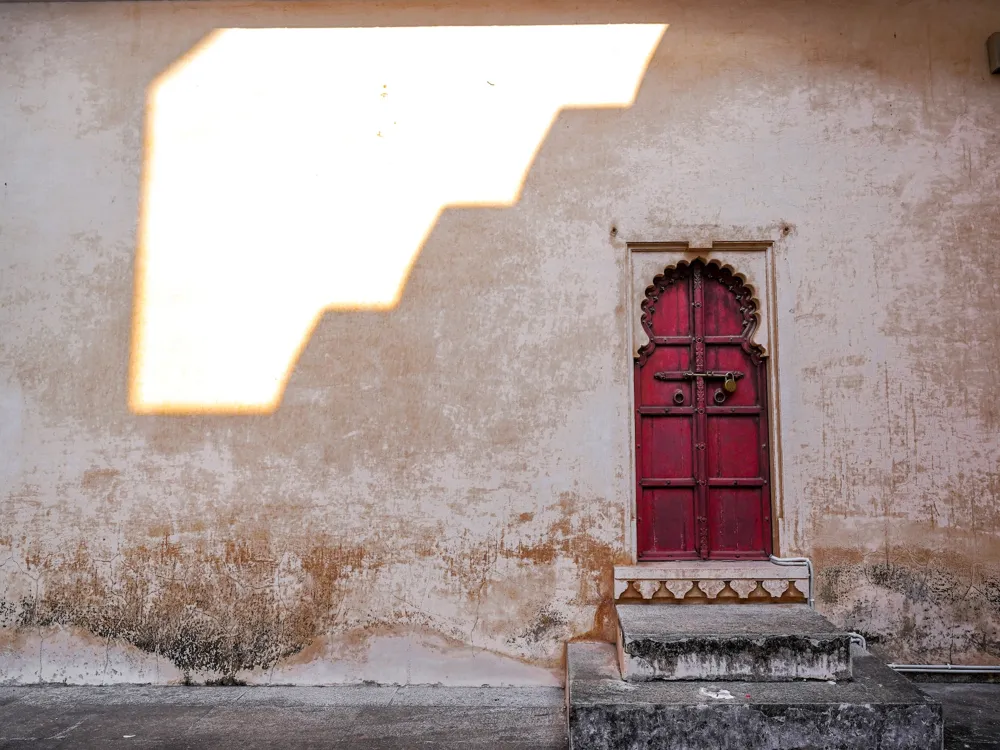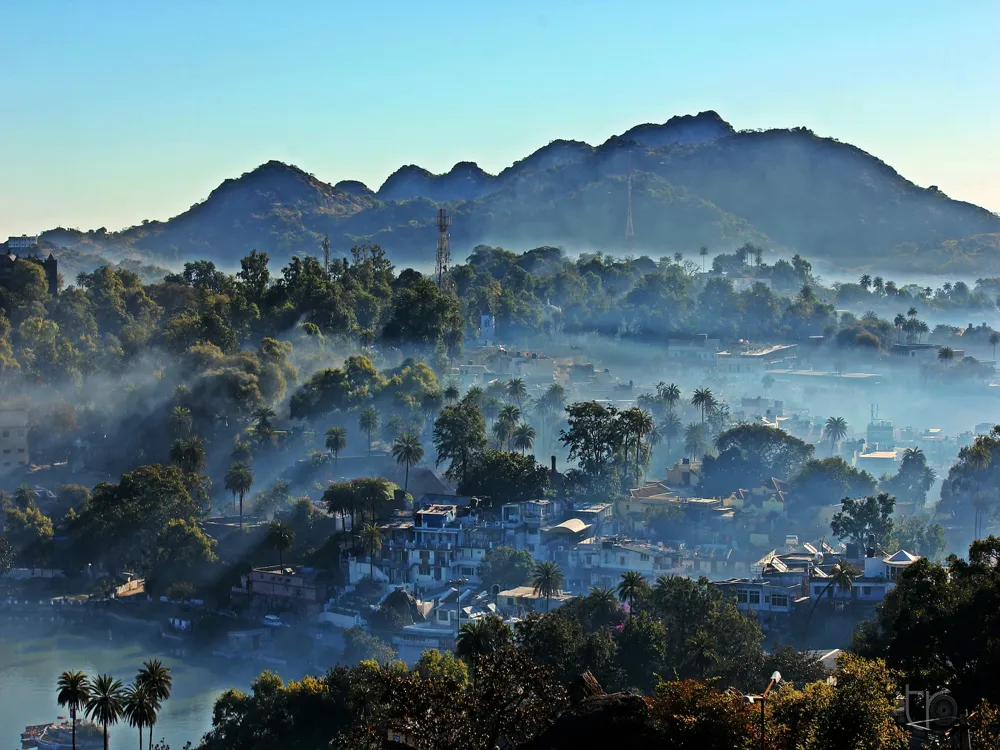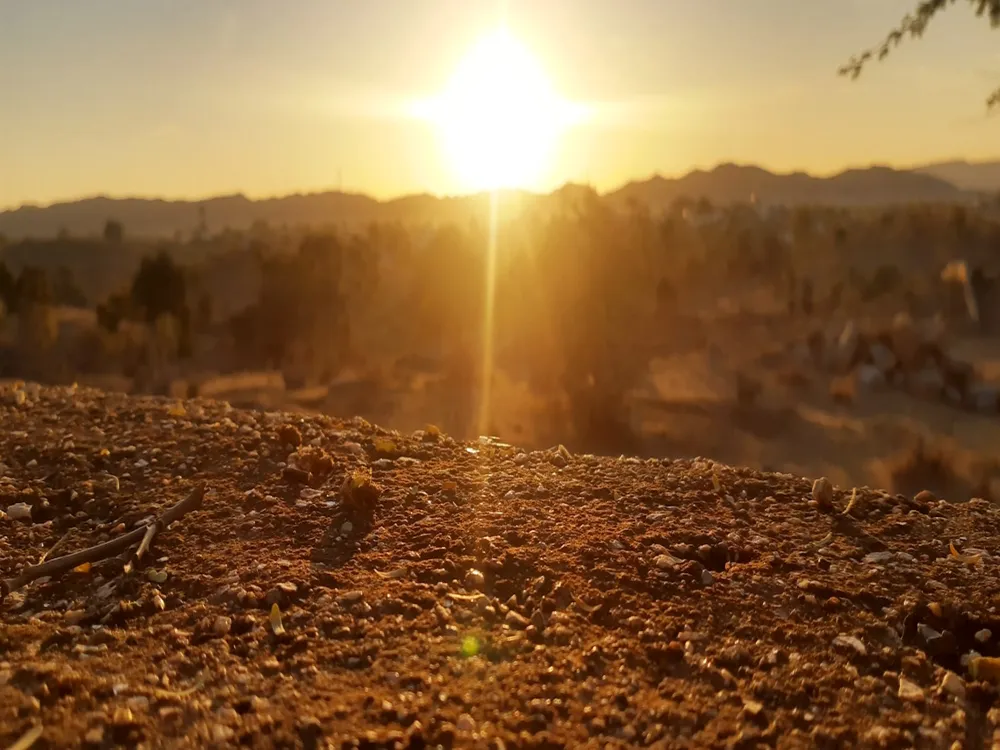Rao Jodha Desert Rock Park, located in Jodhpur, Rajasthan, is a stunning example of ecological restoration and a testament to the unique desert landscape of the region. Spanning over 72 hectares, this park was established in 2006 with the aim of restoring the natural ecology of a large, rocky area next to Mehrangarh Fort. The park features an array of indigenous plant species that thrive in the arid conditions, showcasing the natural beauty and biodiversity of the desert ecosystem. The park's history is deeply intertwined with the heritage of Jodhpur. Historically, the area was a rocky wasteland, lying at the foot of the imposing Mehrangarh Fort. Over the centuries, it faced ecological degradation, primarily due to the invasion of an aggressive plant species, Prosopis juliflora, commonly known as 'Baavlia.' The park's establishment was a significant step in eradicating this invasive species and restoring the land to its former natural glory. Visitors to Rao Jodha Desert Rock Park are greeted by a landscape that brilliantly blends rugged rocks, sandy paths, and a variety of flora that have adapted to the harsh desert conditions. The park serves not just as a tourist attraction but also as an educational resource, providing insights into the challenges and solutions of desert conservation. It's a place where ecology, history, and culture intersect, offering a unique experience to its visitors. The architecture of Rao Jodha Desert Rock Park is a sublime blend of natural landscape design and minimalistic structures that complement the arid environment. The park's design emphasizes the preservation and showcasing of the natural rock formations and indigenous plant species. Pathways and structures within the park are constructed using locally sourced materials, blending seamlessly with the surrounding landscape. The Visitors Centre, a notable architectural feature of the park, is a fine example of sustainable design. It is built using the traditional Jodhpur sandstone, known for its durability and natural beauty. The centre provides an immersive experience with its exhibits and information about the native plant species and the park's ecology. The building's architecture is a subtle nod to the traditional architectural style of Rajasthan, with its open spaces, jharokhas (overhanging enclosed balcony), and jaalis (latticed screens). Another key architectural element is the network of walking trails. These trails are carefully designed to ensure minimal environmental impact while allowing visitors to explore the park fully. They meander through different habitats within the park, from rocky terrains to areas densely populated with plants, offering varied perspectives of the desert landscape. The trails also lead to strategically placed viewing points, offering panoramic views of Mehrangarh Fort and the blue city of Jodhpur. The best time to visit Rao Jodha Desert Rock Park is from October to March, when the weather is cooler and more pleasant. The monsoon season, from July to September, can also be a good time to see the park's flora in full bloom. Visitors should wear comfortable walking shoes, as the park involves a lot of walking on uneven terrain. Light, breathable clothing is recommended, along with hats and sunglasses to protect from the sun. Don't forget to carry water to stay hydrated. Opting for a guided tour can enhance your experience, as the guides are knowledgeable about the park's flora, fauna, and history. These tours can provide deeper insights into the ecological significance of the park. The park offers numerous stunning vistas for photography enthusiasts. However, visitors are advised to respect the natural environment and not disturb the wildlife or plant life while taking photographs. Visitors should follow the park's rules and guidelines, such as not littering and sticking to the designated paths, to help maintain the park's natural beauty and ecological balance. Rao Jodha Desert Rock Park is easily accessible from various parts of Jodhpur. It's located about 5 km from the city center. Visitors can reach the park by auto-rickshaws, taxis, or local buses. For those driving, there is ample parking space available near the entrance. The park's proximity to Mehrangarh Fort makes it a convenient addition to any itinerary that includes a visit to the fort. Read More:Overview of Rao Jodha Desert Rock Park, Jodhpur, Rajasthan
Architecture of Rao Jodha Desert Rock Park
Tips When Visiting Rao Jodha Desert Rock Park
Best Time to Visit
What to Wear and Bring
Guided Tours
Photography
Respect the Environment
How To Reach Rao Jodha Desert Rock Park
Rao Jodha Desert Rock Park
Jodhpur
Rajasthan
₹ 12,000 onwards
View jodhpur Packages
Weather :
Tags : Garden & Park
Timings : April - September: 7:00 AM - 7:00 PM, October-March: 8:00 AM - 5:30 PM
Time Required : 2-3 hrs
Entry Fee : School Students – No Entry Fee
Adults – INR 100/- per head
Guided walk with a naturalist – INR 200/-
Planning a Trip? Ask Your Question
Jodhpur Travel Packages
View All Packages For Jodhpur
Top Hotel Collections for Jodhpur

Private Pool

Luxury Hotels

5-Star Hotels

Pet Friendly
Top Hotels Near Jodhpur
Other Top Ranking Places In Jodhpur
View All Places To Visit In jodhpur
View jodhpur Packages
Weather :
Tags : Garden & Park
Timings : April - September: 7:00 AM - 7:00 PM, October-March: 8:00 AM - 5:30 PM
Time Required : 2-3 hrs
Entry Fee : School Students – No Entry Fee
Adults – INR 100/- per head
Guided walk with a naturalist – INR 200/-
Planning a Trip? Ask Your Question
Jodhpur Travel Packages
View All Packages For Jodhpur
Top Hotel Collections for Jodhpur

Private Pool

Luxury Hotels

5-Star Hotels

Pet Friendly







